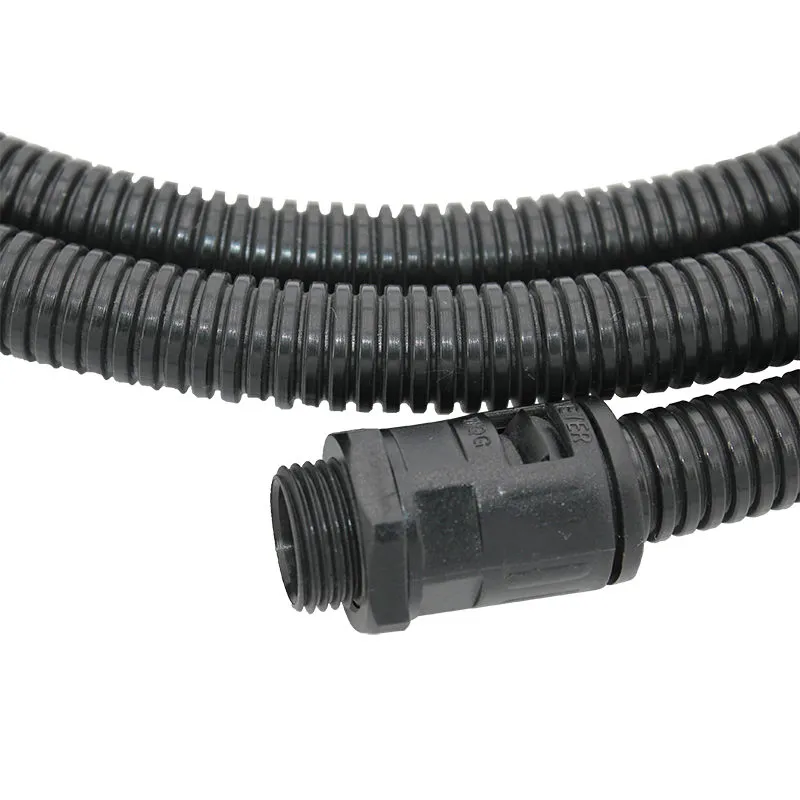Compatible Drag Chain Solutions for Efficient Cable Management Systems
Understanding Drag Chain Compatibility in Cable Management Systems
In modern manufacturing and automation environments, the importance of efficient cable management cannot be overstressed. A well-organized cable system can significantly enhance productivity, safety, and overall operational efficiency. One crucial component in this system is the drag chain, also known as a cable carrier or drag chain conveyor. Understanding drag chain compatibility is essential for selecting the right components for your specific applications.
What is a Drag Chain?
A drag chain is a type of mechanical device designed to hold and protect moving cables and hoses. It guides these elements along predetermined pathways, preventing tangling, wear, and unintended damage. Drag chains are especially prevalent in environments where machinery moves or shifts, such as CNC machines, robotics, and conveyor systems.
These chains can be constructed from various materials, including plastic, steel, and aluminum, and are available in numerous designs and sizes. The choice of material and design depends on the operating conditions, including the amount of load, the type of motion, and environmental factors such as temperature and chemicals.
Why is Compatibility Important?
Compatibility in drag chains refers to the ability of the chain to work seamlessly with other components of a cable management system, such as cables, hoses, connectors, and machinery. Several factors contribute to compatibility
1. Size and Dimensions The internal dimensions of the drag chain must be adequate for the cables or hoses intended to be housed within. An appropriate fit prevents excessive movement within the drag chain, which can lead to abrasion and wear.
2. Material Alignment The materials used in the drag chain and the cables must be compatible. For instance, if a cable is prone to abrasion, a drag chain equipped with an internal lining may be necessary to reduce wear.
drag chain compatible

3. Movement and Dynamics Different applications—like linear motion versus rotational motion—require different drag chain designs. The degree of flexibility, bending radius, and the type of movement that the chain can accommodate will affect overall compatibility with the equipment in operation.
4. Environmental Conditions A drag chain's compatibility also depends on the environment in which it operates. For example, a drag chain operating in a high-temperature area may require materials that can withstand extreme heat. Similarly, in a chemical-laden environment, corrosion-resistant materials become essential.
Selecting an Efficient Drag Chain System
To select the right drag chain compatible with your cables and environment, it's important to conduct thorough research. Consider the following steps
1. Identify Operating Conditions Analyze your machinery’s movement and the types of cables or hoses that will be supported by the drag chain.
2. Consult Manufacturer Specifications Many manufacturers provide detailed specifications about their drag chains, including load capacity, bending radius, and material properties. Use this information to ensure compatibility with your components.
3. Testing and Prototyping Engage in testing and prototyping to ensure that the selected drag chain meets your operational needs. Pilot runs can reveal potential issues before widespread implementation.
In conclusion, drag chain compatibility is a vital component in effective cable management systems. By understanding the factors that influence compatibility, manufacturers and engineers can select the right drag chains for their specific needs, ultimately enhancing the efficiency, safety, and longevity of their equipment. A well-chosen drag chain system not only protects the cables and hoses but also contributes to smoother operations and reduced downtime in production environments.








